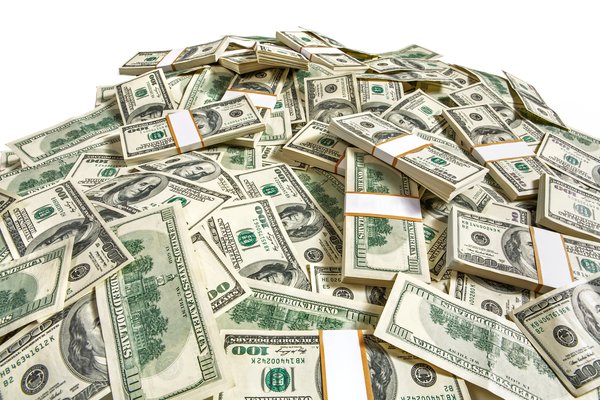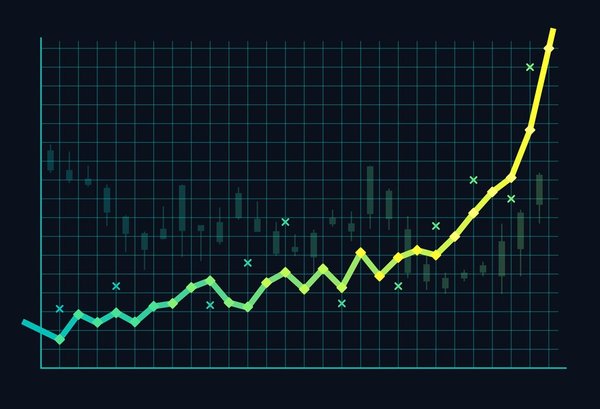In late 2022, the money supply began doing something it hadn't done in almost a century: A key element known as the M2 shrank, making many investors extremely nervous. But what is the money supply, and why should investors worry? Read on to find out more about this key barometer of economic health.

Overview
What is the money supply?
There isn't a great deal of mystery to the money supply. Basically, take all the money in circulation -- cash, coins, and bank account balances -- and add them together to get a total, and that's your money supply.
Economists currently use three categories to define the money supply:
- M0: The broadest measure of money supply, M0 is known as the monetary base and simply includes cash, coins, and commercial bank reserves.
- M1: The M1 includes cash, coins, money being held at financial institutions such as banks, savings and loan associations, and credit unions, as well as any other liquid deposits.
- M2: The M2 includes M1 plus money in savings accounts, mutual funds, and certificates of deposit (CDs) in amounts of less than $100,000.
Why it's important
Why is the money supply important?
The money supply is generally considered to be a good barometer for the overall economy, reflecting the movement of variables like the gross domestic product (GDP), inflation, and price level. It's become less important in recent years as policymakers have developed more sophisticated methods of tracking economic activity. However, it's still a number that interests the Federal Open Market Committee, the policymaking arm of the Federal Reserve System.
If the money supply is too low, the Federal Reserve can increase it by lowering interest rates, which stimulates consumer spending and business investment that often leads to a bull market. During a bull market, stock prices rise. If prices rise too much and inflation spikes, the Federal Reserve raises interest rates, reducing the money supply and discouraging spending.
Related investing topics
Money supply history
Money supply history
As the financial crisis of 2007-09 threatened the global economy, the Federal Reserve cut interest rates sharply in a bid to inject more money into the economy. At the same time, it launched an asset-purchase program that became known as quantitative easing to supplement interest rate reductions.
As a result of quantitative easing, the monetary base climbed from $837.2 billion in December 2008 to $6.4 trillion in November 2021. However, interest rates (and inflation) remained largely stable when the Fed obtained congressional authority to pay banks for reserves that they held at the Fed, avoiding inflationary increases in bank deposits and lending.
The M2 money supply peaked at $21.7 trillion in April 2022 following multiple COVID-19 stimulus packages but had declined 4% to $20.8 trillion by March 2024. The decline was the most significant drop since the Great Depression and only the fifth time the money supply shrank in the last 150 years.





















































